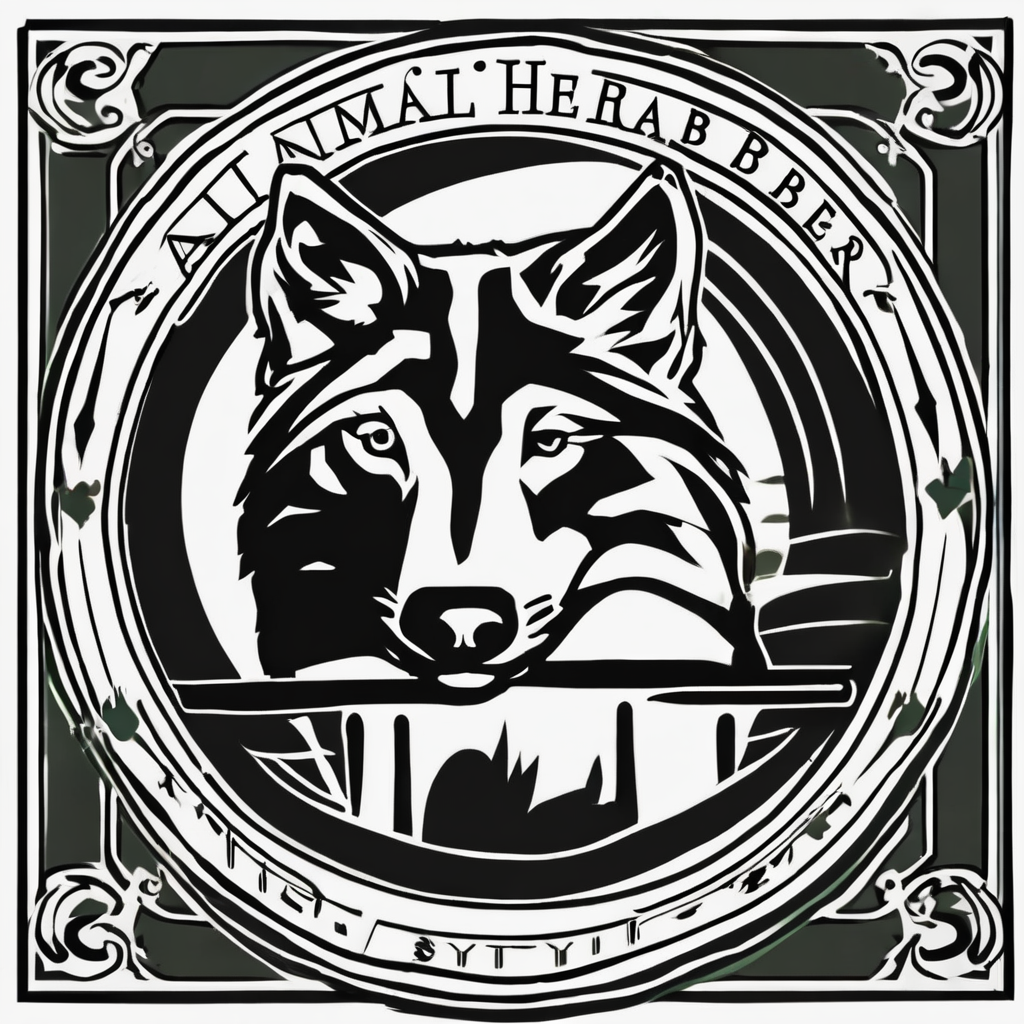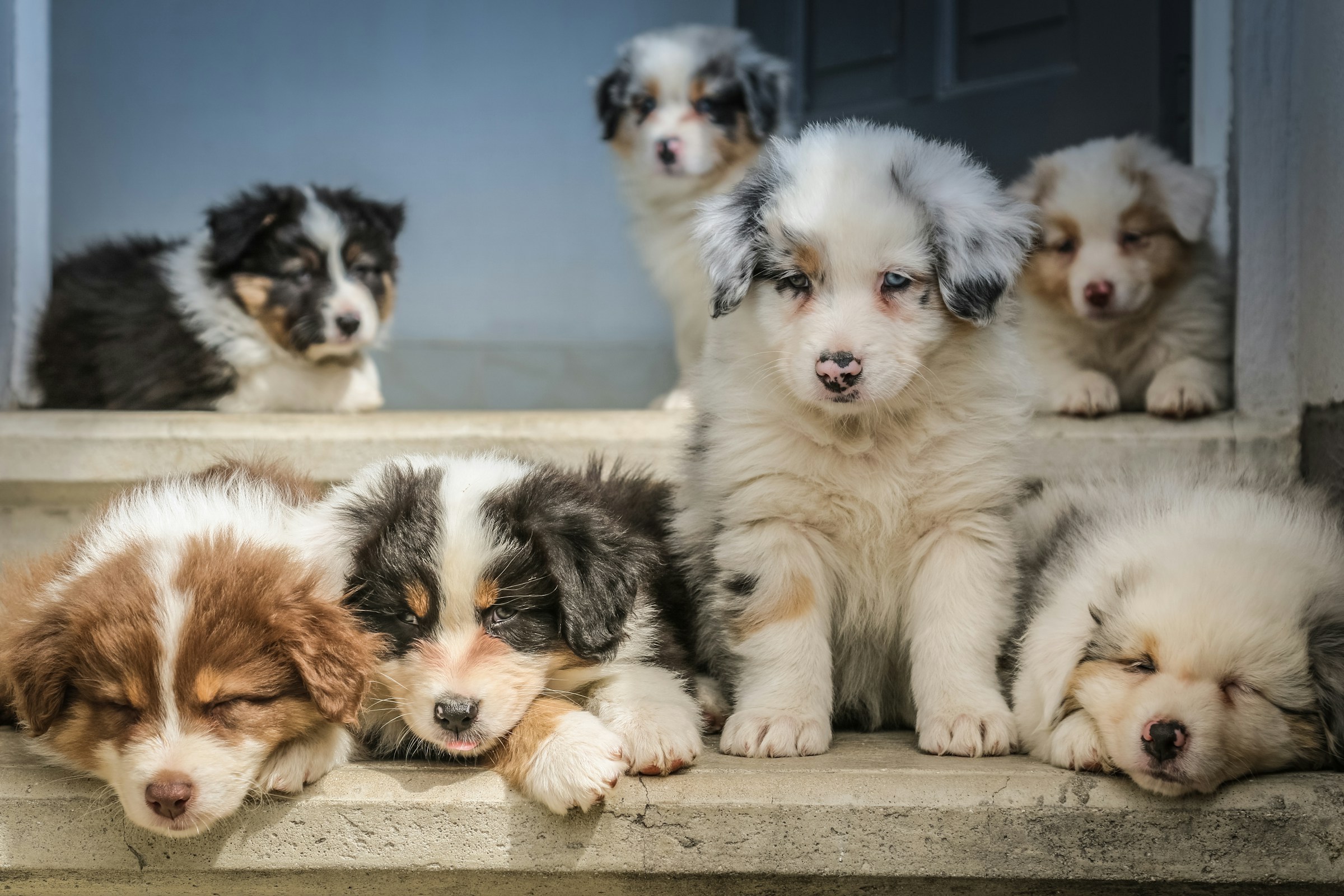Bringing a rescue Greyhound into a home with young children can be both an exciting and challenging experience. Greyhounds are known for their gentle nature and calm demeanor, making them excellent family pets. However, integrating a new dog into a household with young children requires careful planning and preparation to ensure a smooth transition. This article will guide you through the essential steps to take for a successful introduction.
Understanding Greyhound Temperament
Introducing a rescue Greyhound to your home starts with understanding the breed’s temperament. Greyhounds are typically calm, affectionate, and gentle with children. However, they are also sensitive and may react unpredictably to new environments and stimuli.
A lire aussi : Effective Training Techniques to Help Your Akita Welcome Visitors with Open Paws
Knowing Their Background
Rescue Greyhounds often come from racing backgrounds, where they may not have had much exposure to domestic settings. This lack of familiarity can affect their behavior initially. Assessing their past can help you anticipate potential challenges and address them effectively.
Assessing Compatibility
Before bringing a rescue Greyhound into your home, consider the dog’s temperament and your family’s lifestyle. Some Greyhounds may be more reserved or anxious, requiring a quieter environment, while others may be more adaptable. It’s crucial to assess whether the dog can handle the energy and noise level of a household with young children.
Avez-vous vu cela : What are the key considerations when selecting a training collar for a stubborn Akita?
Health and Wellness Check
A thorough health check is essential before bringing a rescue Greyhound home. Ensure the dog is up-to-date on vaccinations and has been checked for common health issues such as dental problems, parasites, and heartworm. A healthy Greyhound is more likely to adjust well to a new environment.
Preparing the Home Environment
Creating a safe and welcoming environment for your new Greyhound is crucial. This preparation helps ease the dog’s transition into your home and minimizes stress for all family members.
Setting Up a Safe Space
Designate a quiet, comfortable area in your home where your Greyhound can retreat to if they feel overwhelmed. This space should include a bed, water bowl, and some toys. It’s essential for the dog to have a place where they feel safe and secure, especially in the early days of integration.
Child-Proofing the Home
Just as you would child-proof a home, it’s important to Greyhound-proof it. Greyhounds are tall and can easily reach countertops and tables. Remove any items that could be hazardous to the dog or that you wouldn’t want to be damaged. Ensure there are no small objects lying around that a Greyhound might accidentally swallow.
Establishing Boundaries
Set clear boundaries for your children about how and when they can interact with the new dog. Teach them to respect the dog’s space and to avoid sudden movements or loud noises that might startle the dog. Establishing these rules early on helps create a harmonious relationship between the Greyhound and your children.
The First Meeting
The first meeting between your rescue Greyhound and your children sets the tone for their future relationship. This initial introduction should be calm, controlled, and positive.
Supervised Introduction
Always supervise the first interaction between your Greyhound and your children. Start by having the dog on a leash and allowing the children to approach slowly. Encourage gentle petting and use a calm, soothing voice to reassure the dog.
Positive Reinforcement
Use positive reinforcement to create a positive association between the Greyhound and your children. Praise the dog and offer treats for calm behavior. Similarly, praise your children for being gentle and respectful towards the dog. This mutual reinforcement helps build trust and a strong bond between them.
Observing Body Language
Pay close attention to the Greyhound’s body language during the first meeting. Signs of stress, such as cowering, growling, or lip licking, indicate that the dog might need more time to adjust. If you notice any of these signs, remove the dog from the situation and try again later.
Ongoing Training and Socialization
Successful integration doesn’t end with the first meeting. Continuous training and socialization are essential to ensure that your Greyhound and children cohabit harmoniously.
Basic Commands
Teaching your Greyhound basic commands such as “sit,” “stay,” and “come” is vital. These commands help you manage the dog’s behavior and ensure safety, especially around young children. Enroll in a training class if needed or work with a professional dog trainer to reinforce these commands.
Routine and Consistency
Establish a consistent routine for feeding, walking, and playtime. Greyhounds thrive on routine, and it helps them feel secure. Consistency in daily activities also helps your children understand when it’s appropriate to interact with the dog and when to give them space.
Socializing with Other Children
Gradually introduce your Greyhound to other children outside the immediate family, such as friends or neighbors. This exposure helps the dog become more comfortable around kids and reduces anxiety in different social settings. Always supervise these interactions to ensure they are positive and stress-free.
Monitoring and Adjusting
After the initial introduction and ongoing training, it’s essential to continuously monitor and adjust as needed. This proactive approach ensures long-term harmony in your home.
Regular Check-Ins
Schedule regular check-ins with your veterinarian to monitor your Greyhound’s health and well-being. Address any behavioral issues promptly with the help of a professional trainer or behaviorist. Keeping track of the dog’s progress helps you make necessary adjustments to the integration process.
Evaluating Family Dynamics
Evaluate how well your Greyhound is fitting into the family dynamic. Are your children following the established rules? Is your Greyhound showing signs of stress or discomfort? Regularly assess these factors and adjust as needed to maintain a positive environment for everyone.
Celebrating Progress
Celebrate the small victories in the integration process. Whether it’s a successful walk with the children or a calm interaction during playtime, acknowledging these positive moments reinforces good behavior and strengthens the bond between your Greyhound and your children.
Integrating a rescue Greyhound into a home with young children involves careful planning, patience, and ongoing effort. By understanding the breed’s temperament, preparing a safe environment, supervising initial interactions, and focusing on continuous training, you can create a harmonious relationship between your Greyhound and your children. With dedication and love, your new Greyhound can become a cherished member of your family, bringing joy and companionship to all.






